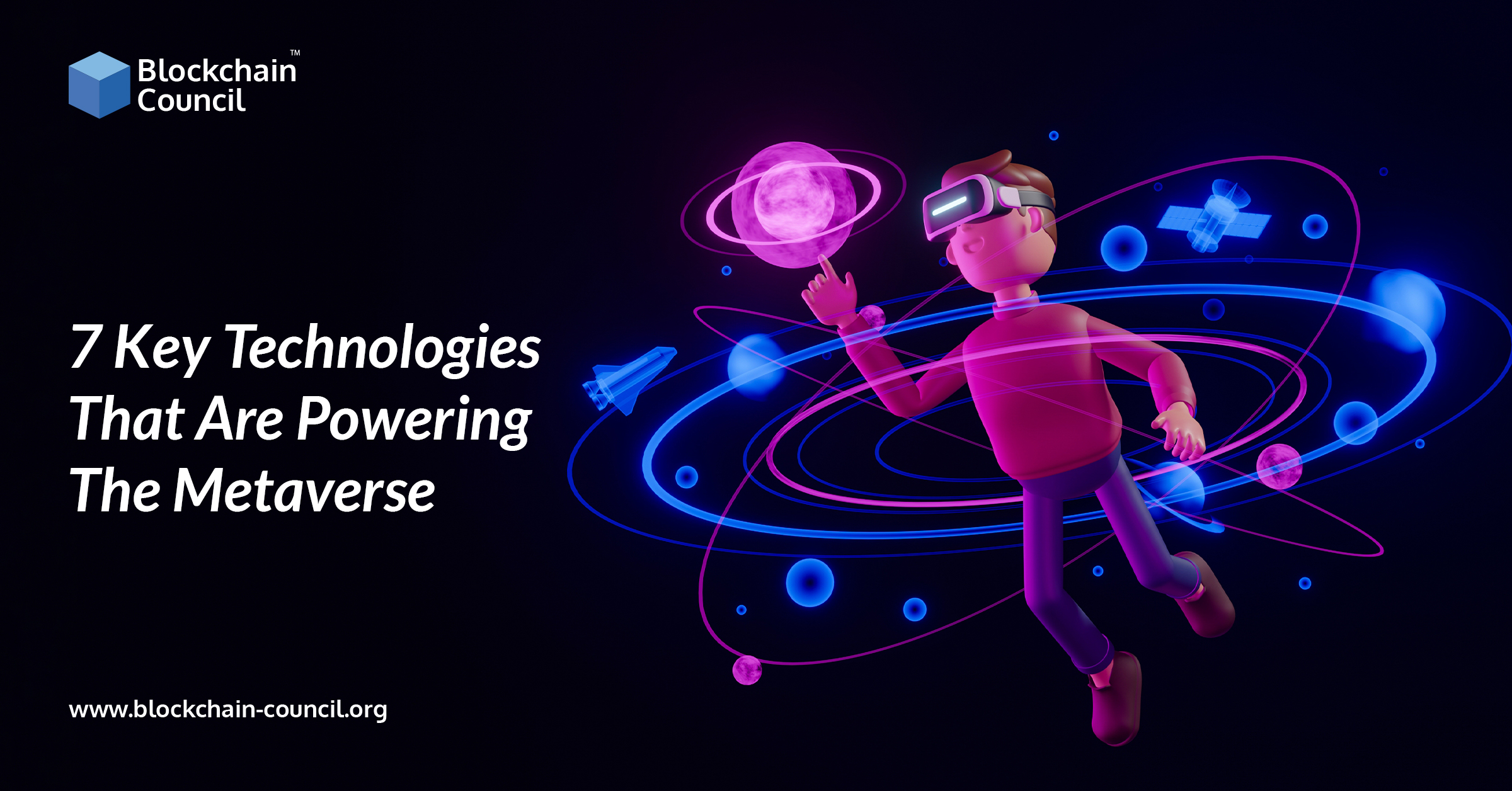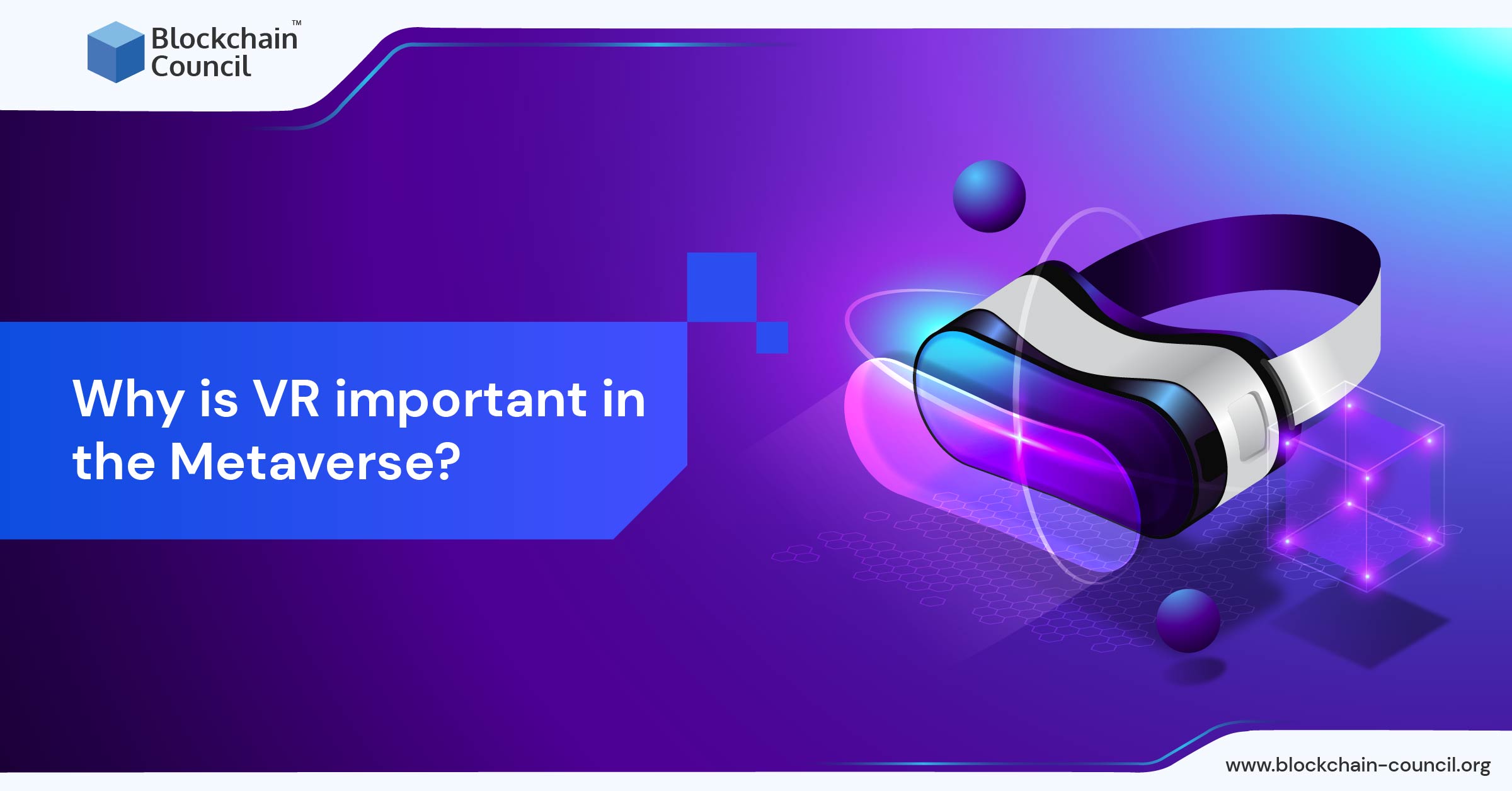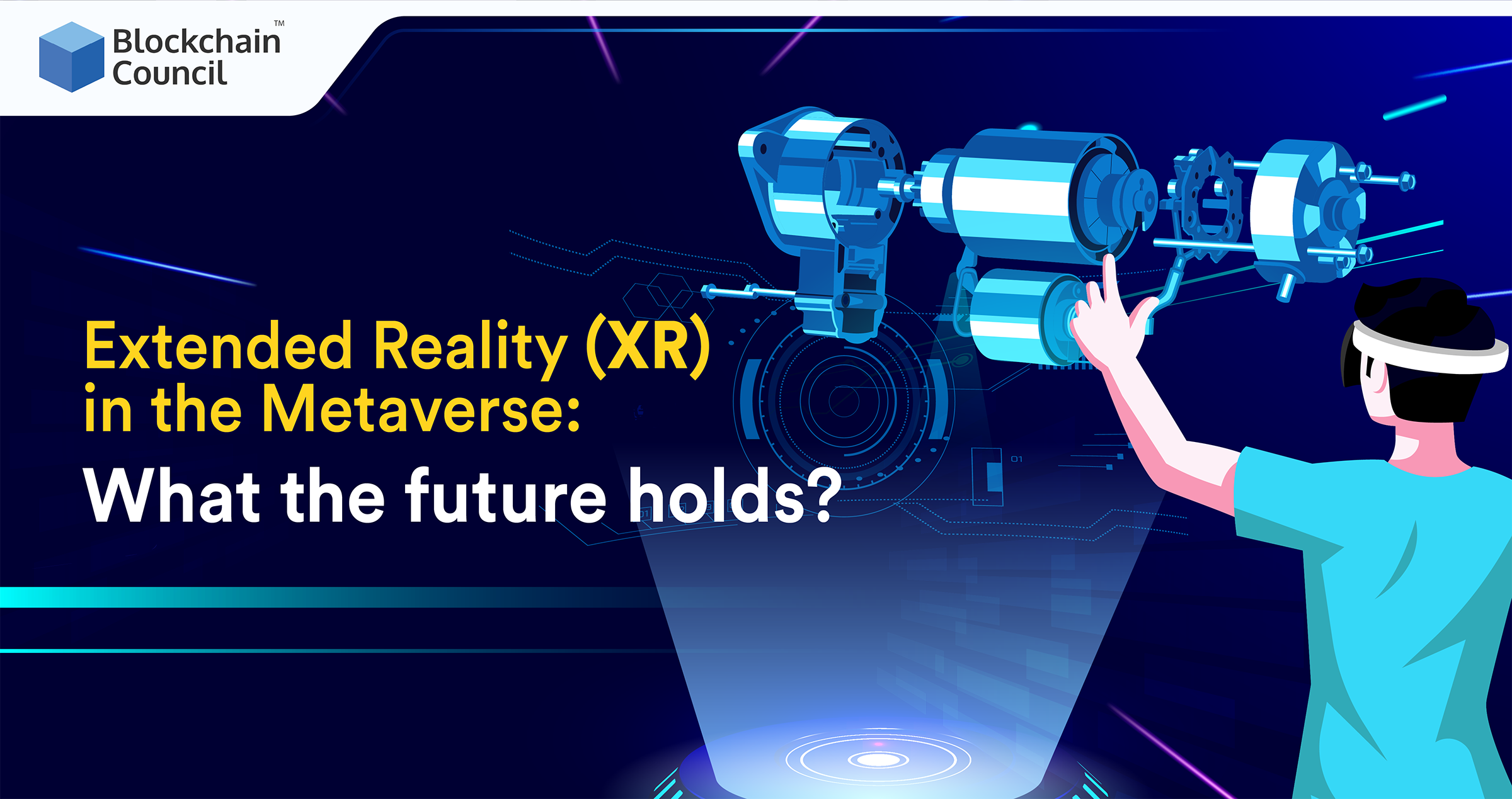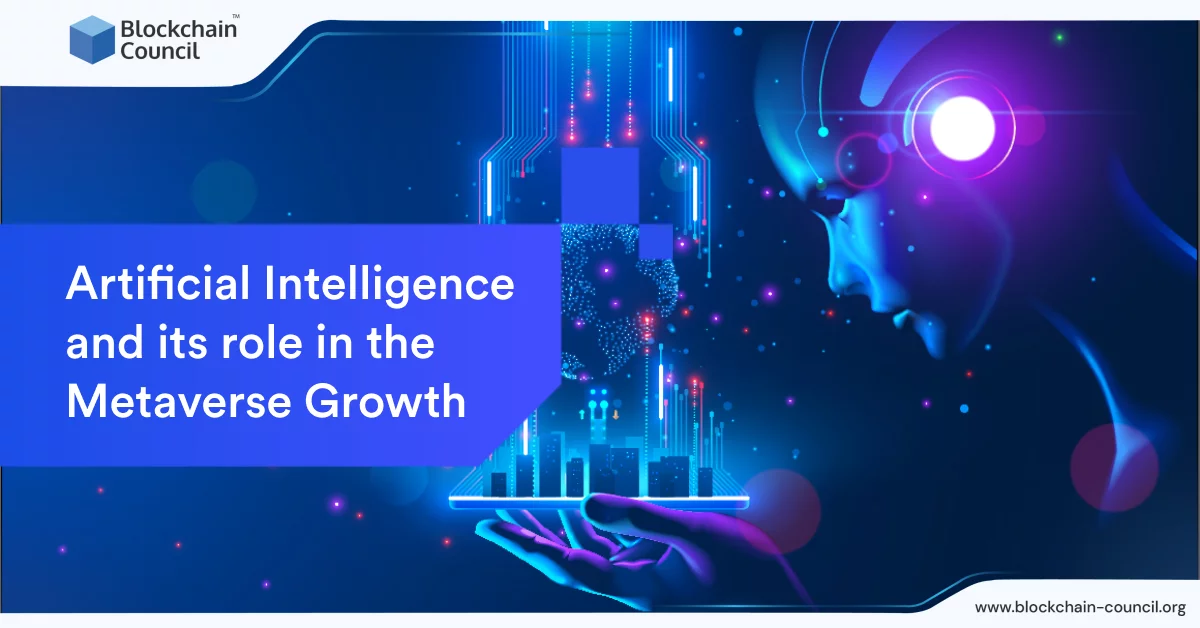
- Ayushi Abrol
- August 27, 2024
What is Metaverse Technology?
It was in 1992 when Neal Stephenson’s science fiction novel called ‘Snow Crash’ introduced the world to the concept of a metaverse. He envisioned an online universe that closely resembled reality, and people could use avatars to explore and escape from the problems of the real world. The great technology companies have succeeded in creating an online environment that they have termed the metaverse after several years and billions of dollars of investment. So, what are the technologies that have made the dream of a metaverse a reality?
We’ll look at the factors that contributed to Metaverse’s meteoric growth in popularity, as well as the reasons for it. So, let’s dig in.
The metaverse is basically a virtual world where users can interact with each other to engage in activities such as gaming, socializing and business activities. In recent days, there has been a meteoric rise in the popularity of the metaverse as more and more users have started to take interest and have gotten involved in it. With the rise in popularity, tech companies have also started pouring in their funds and efforts to capture the new emerging market space. Cryptocurrencies, NFTs, and play-to-earn games have made it the go-to place for the new generation of users. The importance of the metaverse essentially comes from the fact that it is expected to become the future of social media. Considering the new real-world features that the metaverse has made available, such as a 3D world, socializing, gaming, etc., it is likely to become a social phenomenon in the coming days.
While the metaverse has indeed become a reality, it has only become possible due to certain technologies. So, we’ll take you through 7 key technologies that are powering the metaverse.
Key Metaverse Technologies
Blockchain
Blockchain technology forms the bedrock of the metaverse as most of the applications run on blockchains. It basically provides a decentralization and transparency that is necessary for the functioning of the metaverse. Blockchain technology helps developers integrate several functions in the metaverse such as digital ownership verification, value transfer, governance, digital collectability, accessibility and interoperability. Blockchain technology has several advantages, such as –
- It helps create a record of the transactions by acting as a virtual ledger. Further, the data in a blockchain is stored in a decentralized database, which helps reduce chances of malfunction.
- Blockchains basically collect and store information in groups, known as blocks. These blocks have limited storage and are closed when it is completely filled. This filled block is then linked with the previously filled blocks and forms a chain of data known as the blockchain.
- Another advantage of the block chain is that since the blocks of data are strung together, it inevitably ends up arranging the data chronologically. This structure creates a time stamp and makes the data irreversible. So, once the block is sealed, it is set in stone. This plays a major role in making the entire process free from manipulations and provides transparency to the metaverse.
CryptoCurrency
Cryptocurrency is one of the primary technologies used in the metaverse. The platforms on the metaverse only accept cryptocurrencies, so users have to exchange their real-world currencies to crypto before they can use it to carry out any transaction. Crypto can be used to purchase resources such as NFTs and digital real estate and to make in-game purchases.
Considering the massive rise of users investing in cryptocurrency and its value, it has become a hot asset to own. As more and more platforms start to accept different cryptocurrencies irrespective of the type, it has become easy to use and own such cryptocurrencies. Owning to the fluctuations in the value of the crypto coins, it has become a hot asset for investors to make money off.
In the metaverse, cryptocurrencies have massive value. For example, if you want to buy a plot of land in decentraland, you would have to convert your real-world currency to MANA, the native token of the game. It is a similar situation for all the games and platforms on the metaverse. So, you can easily understand the value that cryptocurrency holds in the metaverse.
AR & VR
Augmented Reality and Virtual Reality engines play an important role in enabling metaverse to be an enthralling virtual experience. They help create immersive and engaging three dimensional environments for the metaverse.
While Virtual Reality and the metaverse might seem like the same thing, there are certain differences between the two. Some of the prominent differences between the two are –
- Virtual Reality is only a part of the broader metaverse. The metaverse is made up of several other technologies that complement the Virtual Reality technology.
- While VR enables users to see 3D simulations, the problem is that VR technologies cannot provide physical simulations, which is an important part of the metaverse.
This is where Augmented Reality comes in. It helps expand the scope of the metaverse by enabling users to actually feel things by creating physical simulations. As a result, users can hear, feel and interact with the virtual metaverse as if they are physically present in it. The combination of Virtual Reality and Augmented Reality technologies is likely to create a more realistic metaverse and bring in massive investments from various companies.
Artificial Intelligence
Artificial Intelligence has almost become an inevitable part of every facet of our lives. From Alexa and Siri to the smart sensing air conditioner that helps us sleep uses Artificial Intelligence. So, it is only expected that the metaverse would also use Artificial Intelligence to improve its performance.
From business strategy planning and decision-making to faster computing and smoother user interface, AI plays a major role in making every process that happens in the metaverse an immersive one. It can help process data at lightning speed with the aid of machine learning techniques. Within the metaverse, prior historical data can be used by AI algorithms to create unique outputs and insights.
Artificial Intelligence can also be used for non-player characters (NPCs) in various scenarios. NPCs exist in almost all games and are generally designed to respond to the actions of the players. With the help of AI, the responses and reactions of these characters can be further refined to imitate life-like characters. AI’s processing capabilities can also be utilized to place NPCs across all segments in the metaverse to improve user interface. NPCs can carry out multiple processes independently and in multiple languages.
Another important use of Artificial Intelligence in the metaverse is to create metaverse avatars. AI engines can analyze 2D and 3D images to generate more realistic looking and accurate avatars. AI can also add character by helping create different facial expressions, hair styles, clothes, and features to enhance the appearance of the avatars.
3D Reconstruction
While 3D reconstruction is not a new technology, its use has increased drastically in the recent pandemic since potential customers were unable to visit stores or properties in person during the lockdown. Thus, several companies have taken to 3D reconstruction technologies to generate virtual property and showroom tours. It was only expected that such developments would also percolate into the metaverse.
Metaverse has always been all about a 3D virtual world, so, it is not surprising that 3D construction forms an important part of making metaverse a reality. One of the primary challenges of the Metaverse is to create an environment that closely represents the real world. Using special 3D cameras and other reconstruction technologies to render realistic 3D images and models of buildings, objects and characteristics, 3D reconstruction helps create realistic and lifelike models for the users. The data collected using 3D cameras and 4K photography are then passed through computers which create life-like stimulations that are to be used in the metaverse.
So, 3D reconstruction technology forms an inseparable part of the metaverse and its importance is likely to grow as more and more users desire the metaverse to resemble real life more closely.
Internet of Things (IoT)
First introduced in 1999, the concept of Internet of Things (IoT) basically refers to a system that takes every element of our physical world and connects them to the internet through sensors and devices. Once connected, these devices will possess a unique identifier and the ability to send or receive information automatically, The most practical representation of the concept of Internet of Things is the emergence of devices such as voice activated speakers, thermostats and medical devices which have their own ability to process the data received and carry out given actions.
In the case of the metaverse, IoT holds immense advantages, such as –
- Applications will be able to collect data and feed it to the metaverse to adjust more precisely to the real world conditions. For example, weather or temperature data collected via IoT can help the metaverse adjust its environment.
- Another advantage of IoT is that it can seamlessly connect the 3D world to a large number of devices from the physical world, enabling real time stimulations in the metaverse.
- IoT can also use AI and machine learning algorithms to further improve on and optimize the metaverse environment by managing the data that it collects.
Edge Computing & 5G
Usually used in commercial spaces, edge computing basically facilitates faster data transfer with fewer delays and helps enable smoother experiences. It is one of the primary factors that have enabled metaverse to be viable as computers need to be able to handle the intense stimulations with efficiency to reduce lag and ensure that the users have an immersive and unhindered gaming experience.
Another important feature that is often combined with edge computing is the availability of 5G networks. Previously, users often faced issues with their network while engaging in the metaverse due to slow rendering and data transfer speed due to unavailability of fast internet speed. However, with the advent of 5G being rolled out and made available at affordable rates, more users can experience the metaverse from their desktops and other devices without facing any issues as regards to lag in network speed.
Thus, both these features, edge computing and 5G have enabled users to engage in the metaverse and enjoy a truly immersive experience.
Want to learn more about how Metaverse works? Check out our comprehensive guide on “What is the Metaverse? Step-by-Step Beginners Guide 2023”
Challenges
While investments have poured into the metaverse with an increase in the number of active users, the metaverse itself is in the nascent and developing stage. There are several issues that are yet to be addressed as regards the metaverse, such as –
- Security is one of the primary issues that have cropped up with an increase in the value of crypto transactions and the increase in crypto scams and malicious software. If Meteverse is a serious project that is here to stay, it needs to improve its security standards to give users the confidence that their identity and assets are safe and secure.
- Privacy is another issue that has haunted the metaverse. Considering the fact that the metaverse uses devices such as webcams and AR & VR technology, it indeed makes the privacy of the user susceptible to being compromised. It is a known fact that hackers have in the past hacked and exploited such devices to spy on people. So, for the metaverse to be used by the masses, such risks to privacy must be addressed, and solutions must be addressed.
Conclusion
Today, the metaverse has become a reality, and it is growing at an unprecedented rate. However, the world has seen such projects come up and go down into distant memory. For the metaverse to be the future of social media, it ought to be able to withstand change. This can only happen if the concerns that haunt the metaverse are immediately addressed and the confidence of the masses is instilled in the project. There are vast opportunities for the metaverse to grow and thrive, but the question of the hour is whether the metaverse will rise to the occasion or be forgotten as a failed project that lost the trust of the world.





































































 Guides
Guides News
News Blockchain
Blockchain Cryptocurrency
& Digital Assets
Cryptocurrency
& Digital Assets Web3
Web3 Metaverse & NFTs
Metaverse & NFTs
